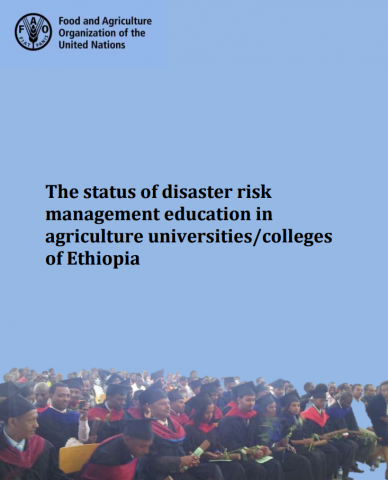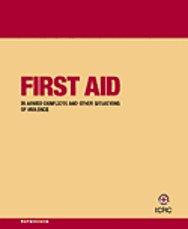Community Impact Study of International Youth Preparedness Program – The Pillowcase Project
The Pillowcase Project is a school-based disaster preparedness education program first implemented in the wake of Hurricane Katrina in 2005 by American Red Cross volunteers in Louisiana, before being rolled out in 7 countries across the world. Originally designed for children aged 8 to 11 (grades 3–5), it provides key preparedness messages combining coping skill […]


